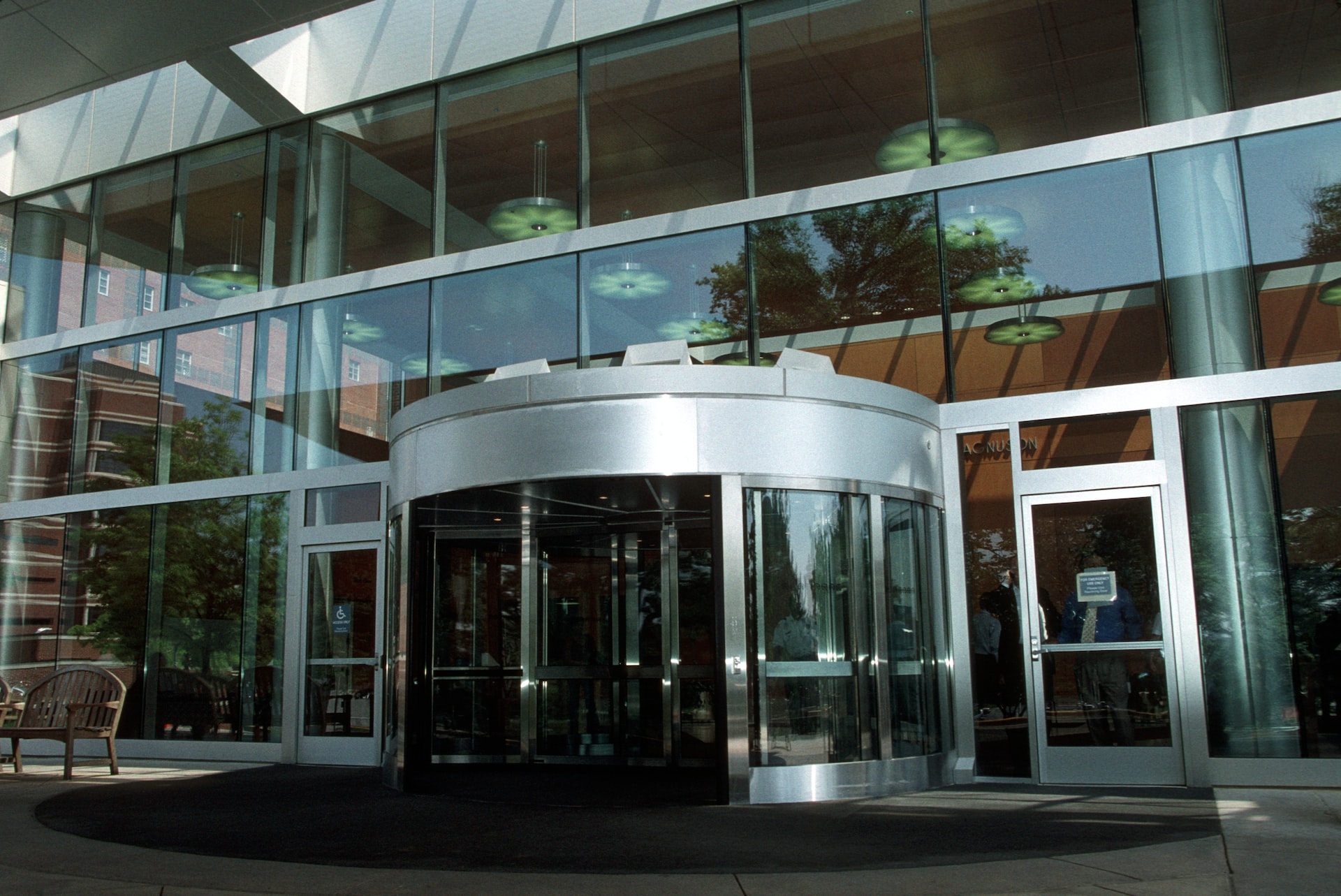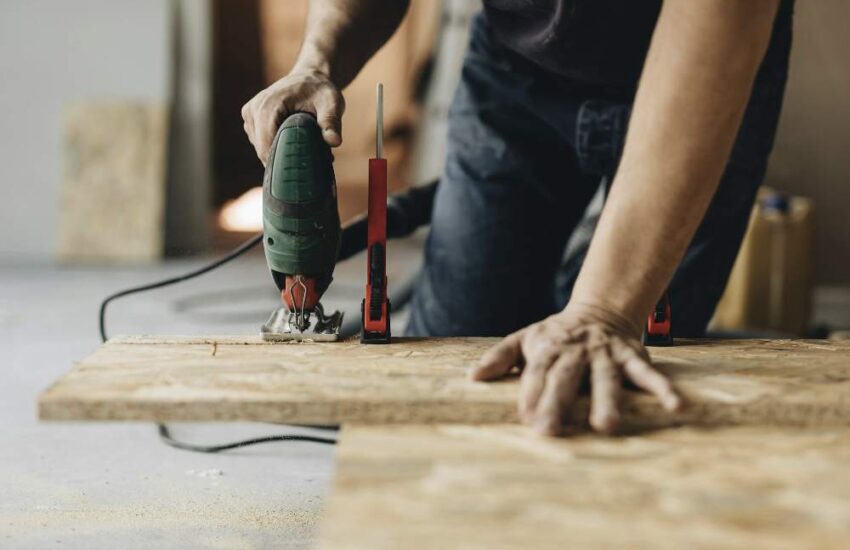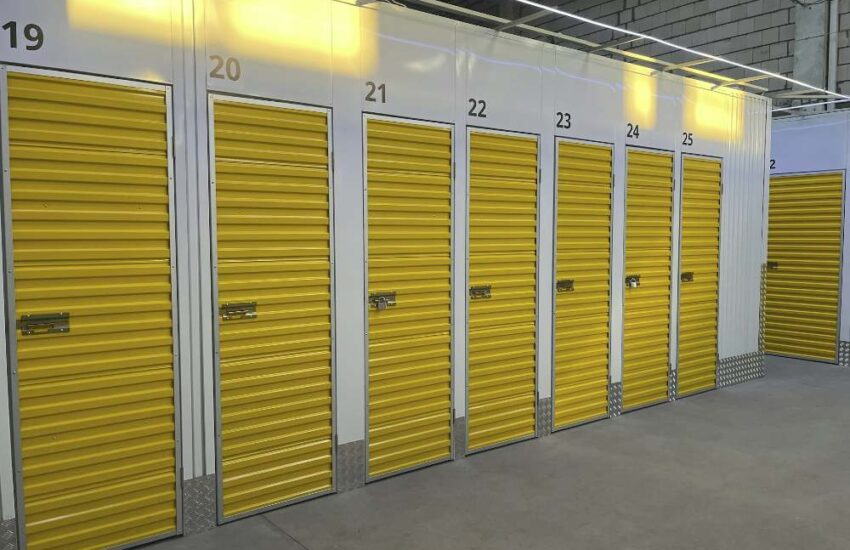5 Factors to Consider Before Installing a Revolving Door
If you are considering the installation of a revolving door, there are several factors you need to consider first.

Installation
Revolving doors are used in buildings for several reasons. They reduce energy costs, keep in conditioned air, minimize draughts, and create a comfortable indoor climate. However, installing a revolving door can be a challenging process. First, you need to determine the location of the revolving door. You’ll need a level floor and a clear area to install it. The door’s center shaft may rotate out of plumb if the floor isn’t level. This can lead to premature failure. Next, you’ll need to drill a hole in the floor to fit the revolving door. The holes should be at least two and a half inches deep. Once the hole is drilled, you’ll need to remove the furniture and other objects.
The door must be installed before any other building components are installed. Otherwise, the construction work may interfere with pedestrian traffic.
Energy efficiency
Revolving doors such as Dorma doors New York are a fun and functional way to get inside or outside a building. In addition, revolving doors are an effective means to control drafts in large buildings. They also help keep cool air inside in warmer climates. Several studies have been done on revolving doors. A team of MIT graduate students conducted one study. The team studied how revolving doors performed in comparison to other door systems. They concluded that revolving doors had some of the best energy efficiency.
Safety considerations
When it comes to the safety of a revolving door, there are several key points to consider. These include the design, functionality, and ease of use. It is essential to understand the key features of these devices so you can make informed choices. Revolving doors are ideal for residential, commercial, and municipal buildings. They are a great way to create a focal point and help secure entrances and exits. In addition, revolving doors can reduce energy usage and provide a quiet and secure atmosphere for those inside. The best revolving door design includes an emergency stop device and a crash sensor. These devices should be in place to avoid accidents and prevent injuries. If they are not, the revolving door may be slow to stop. Another consideration is the appropriate floor level. An uneven floor can cause stress on the center shaft of the revolving door and potentially lead to premature failure.
Lighting requirements
Revolving doors are often deployed in buildings with a wide opening, a high traffic count, or both. These doors are a security solution and offer other benefits as well. For instance, revolving doors can save energy by preventing large amounts of air from getting trapped inside the building. In the same vein, revolving doors can also minimize noise and drafts. This is important in buildings with public entrances and exits, such as hotels or offices. Aside from protecting the occupants of the building, revolving doors can make for a great aesthetic feature. Not to mention the fact that they help improve indoor air quality, reduce pollution and promote healthier breathing. Another bonus is that these doors are a breeze to operate. It only takes a few seconds to lock and unlock.
Customization options
Revolving doors can be customized to suit the needs of a client. This is an excellent option for those who want to improve the aesthetics of their building. It can also help reduce energy costs. When it comes to customization options, there are many factors to consider. For example, you can choose a manual or automatic door. You can also select a door with different glazing or finishes. If you want more security, you can customize your revolving door with sensors.


